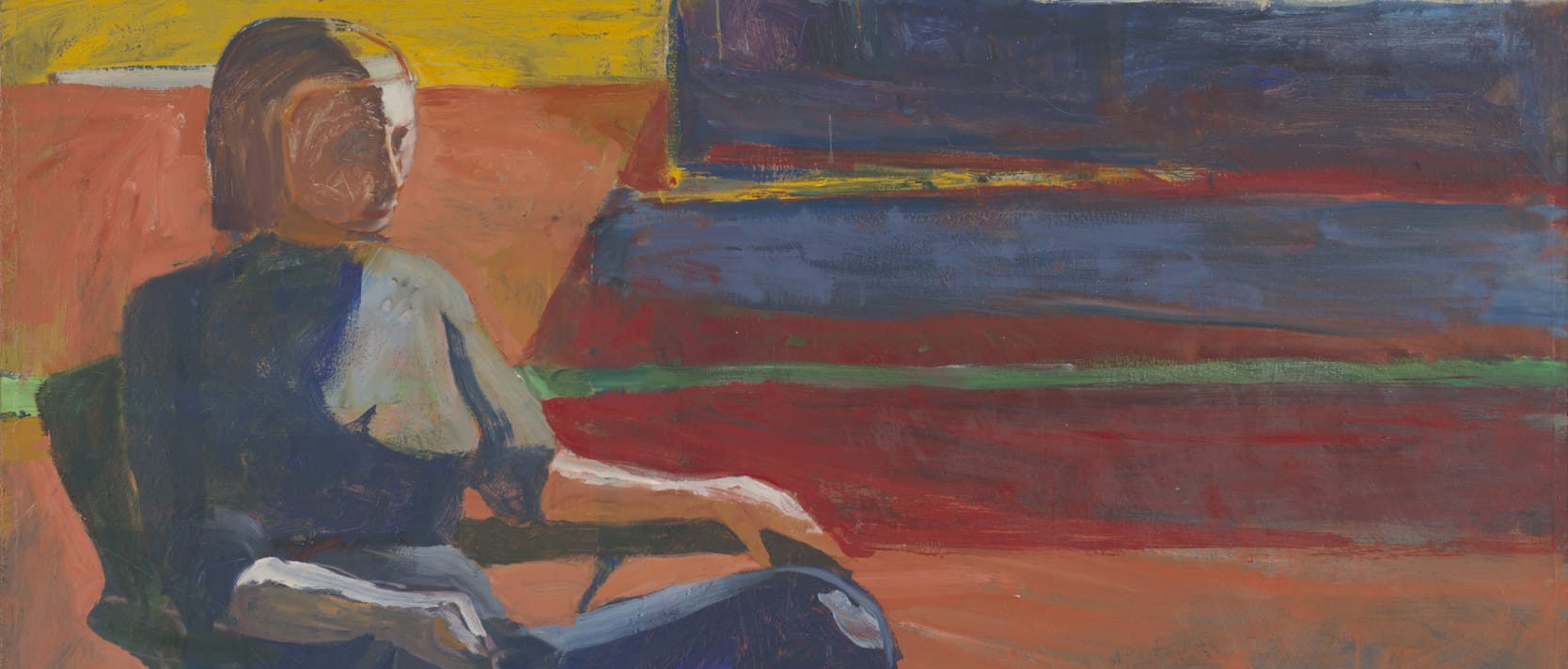How Richard Diebenkorn Fell for Henri Matisse
Two 20th-Century masters make a heavenly match at this not-to-be-missed SFMOMA exhibition

It’s a surefire blockbuster conceit: Organize an exhibition that compares the work of two famous names from art history and explore the lines of influence. In the case of “Matisse/Diebenkorn,” now on view at the San Francisco Museum of Modern Art, influence was strictly a one-way affair, with the American Richard Diebenkorn absorbing lessons from the French master Henri Matisse and applying them to a gloriously diverse body of work that deserves to be far better known. If you missed this standout show during its recent appearance at the Baltimore Museum of Art, do what you can to get yourself to SFMOMA before it closes on May 29.

Diebenkorn, who spent nearly his entire career on the West Coast, fell early and hard for Matisse’s art. He never met Matisse (who died when Diebenkorn was in his early 30s), but his paintings offer up constant echoes of the elder artist’s work—as this show of roughly 60 Diebenkorns and 40 Matisses reveals. Having started out in the late 1940s painting in the prevailing Abstract Expressionist mode, Diebenkorn shifted to figuration several years later, only to revert to a more austere style of abstraction in the late ’60s. Throughout those transitions, Diebenkorn’s work maintained constant ties with Matisse’s, from his use of flat planes of color to build up his compositions to a preference in his figurative paintings for still lifes, seated women, and domestic interiors with views to the outside framed by windows and doors.
Most important, however, is Diebenkorn’s embrace of a radiantly Matisse-like, gloriously atmospheric palette, perhaps best exemplified by the celebrated Ocean Park paintings he made from 1967 through the late ’80s (he died in 1993). Composed of luminous blocks and strips of azure, turquoise, golden yellows, lavenders, and verdant greens, these lyrical works can variously suggest architectural spaces or reductive landscapes, but most of all they are unabashed studies of color—not unlike Matisse’s famous late cutouts.

Diebenkorn was never shy about his admiration for Matisse, though he is said to have felt that the influence of the French artist’s work on his own was sometimes overstated. He noted that other European masters, particularly Cézanne, also provided key inspiration. Let’s hope some curator is already at work on that exhibition. sfmoma.org
To see a slide show of works by Matisse and Diebenkorn, click here.